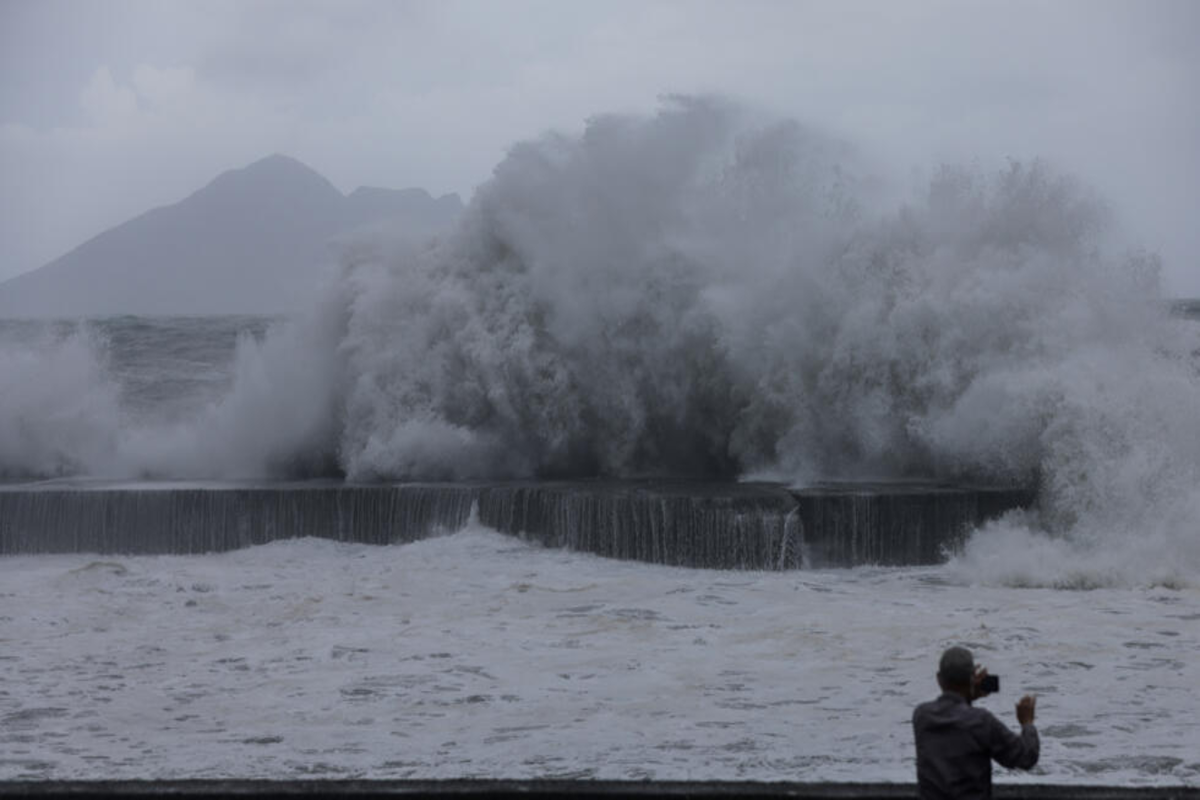
As storms weakened, thousands of people were evacuated from their houses, and vehicles were swept away in floods. Typhoon Haikui made landfall early Tuesday in China’s southeastern Fujian province after hammering Taiwan for two days.
As the typhoon approached with a maximum wind speed of 20 metres (66 feet) per second, around 114,400 people were evacuated from the high-risk regions.
In barely over 24 hours, certain locations in Fujian received more than 300 mm (1 foot) of rain. Two firefighters were missing in Fuzhou city after a fire truck carrying nine rescue workers was carried away by floodwaters during an operation.
In the floodwaters, furniture was spotted swaying up and down. Vehicles were washed away by the currents, and several cars stranded in flooded areas were entirely submerged. Schools in Fuzhou, Xiamen, Quanzhou, and Putian were also closed.
Many flights were canceled at Fuzhou and Quanzhou airports, tourist spots and parks were closed, and ports and coastal and river transit were suspended.
As per the national forecaster, the typhoon lost strength and became a tropical storm after making landfall about 5 a.m. (2100 GMT Monday). It was last seen heading over southern Guangdong province, and forecasters predict it to diminish further.
Typhoon Saola stormed into southern Guangdong province over the weekend, killing at least one person and leaving a trail of destruction and flooding in several parts of nearby Shenzhen, Hong Kong, and Macau.
Typhoons Doksuri and Khanun triggered catastrophic floods in Northern and northeastern China last month, bringing the capital Beijing its worst recorded rainfall in 140 years.
The state broadcaster announced on Tuesday that the government would allocate 200 million yuan ($27.43 million) in disaster assistance funding to areas affected by typhoons and floods.
The finance ministry announced over the weekend that it has set aside 1 billion yuan as disaster relief funding in the event of floods, droughts, or crop pests.
Also read: Hong Kong Records Its Warmest Summer Ever
To read more such news, download Bharat Express news apps


















